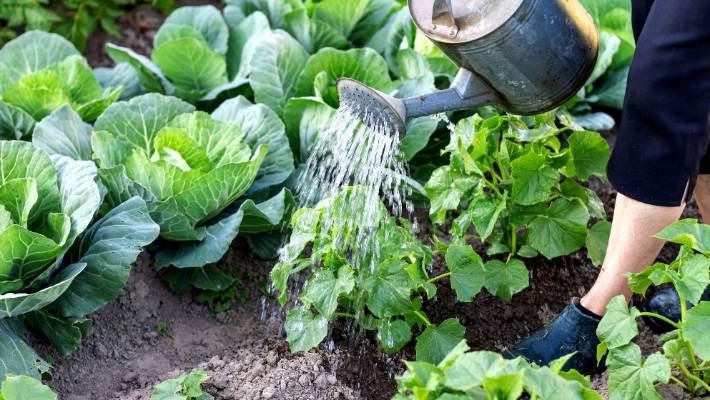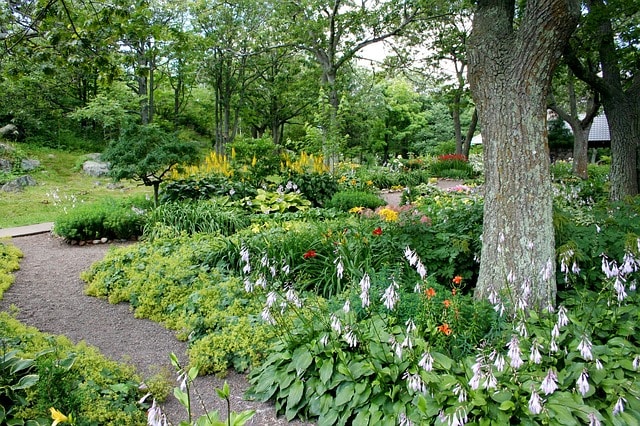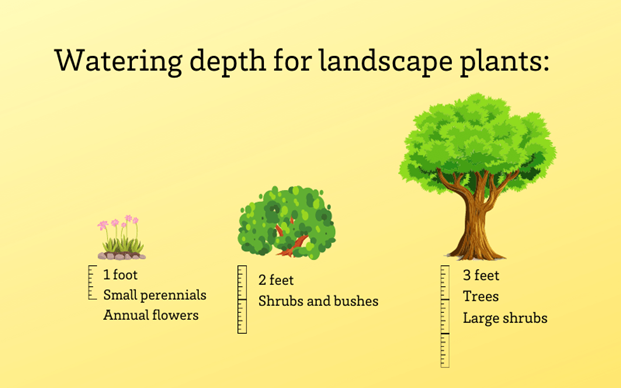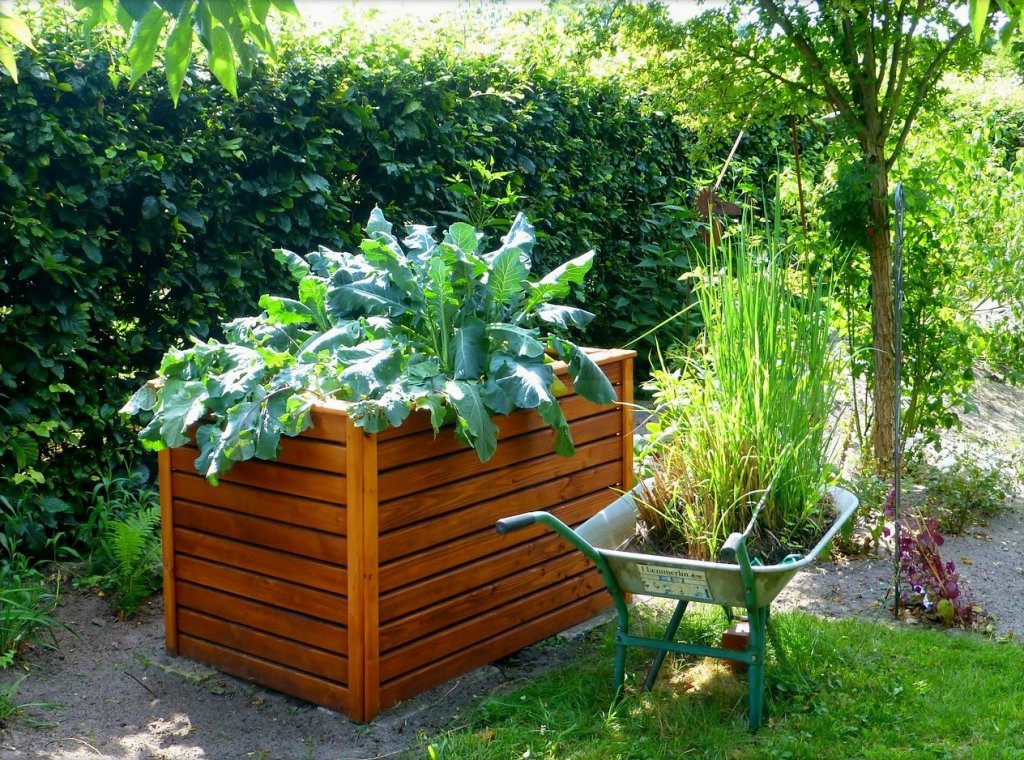Vegetable gardening in Arizona stands as a unique challenge, marked by the state’s renowned extreme climate conditions. The intense Arizona sun and varied temperatures set a distinct backdrop for gardeners.
Unlike more temperate regions, where standard gardening guidelines apply, in Arizona, these rules often fall short.
This calls for a specialized understanding of vegetable gardening in this sun-drenched state, where typical zone guidelines on seed packets aren’t always effective due to the unique temperature profiles.
Yet, with the right knowledge, successful vegetable gardening in Arizona is very achievable. This article aims to guide you through the essentials of gardening in this unique environment.
Gardening here is about understanding what your plants need – the right amount of sunlight, water, and nutrients.
Knowing the ‘right’ amounts and timing for these is key, especially under Arizona’s bright sun and varying temperatures.
Gardening in Arizona
Arizona’s diverse landscape includes six distinct plant climate zones, each defined by its minimum temperatures and elevation levels. These zones are split into two major categories: lower and higher elevations.
The lower elevation areas, ranging from 10 to 4,000 feet, differ significantly from the higher elevations, which begin at above 4,000 feet.
For high-elevation gardens, the prime time for growing vegetables is in the spring and early summer.
Meanwhile, gardens in lower elevations can enjoy year-round production, a unique aspect of vegetable gardening in Arizona.”
Benefits of Vegetable Gardening in Arizona
- One of the great advantages of vegetable gardening in Arizona is its suitability for growing citrus fruits, much like in California and Florida.
- The Arizona climate is ideal for oranges, lemons, and other citrus varieties, ensuring a fruitful harvest.
- Additionally, a standout benefit of gardening in this state is the ability to garden outdoors throughout the year.
- The plentiful sunshine in Arizona ensures that your plants receive ample light, essential for healthy growth and abundant yields.
How to Get Started?

Before you begin gardening in Arizona, it’s important to know what you’re doing because of its special climate. The first step is to pick the right place for your vegetable garden.
Choosing the Right Site for Your Garden
Deciding where to put your garden is as important as deciding what to grow. The spot should work well for both the plants and you. When picking a place for your vegetable garden in Arizona, keep these tips in mind:
Soil: The right soil is probably the most important aspect of a healthy garden. It should be fertile enough and not too clayey or too sandy. Never choose an area close to a creek because the soil is too wet.
Location: Make sure you don’t choose a high windy area. If you don’t have a choice, build a windbreak to protect your garden. Avoid areas near busy roads because pollution harms plants and vegetables.
The garden should also not be near any construction site as the soil may have lead paint.
Sunlight: If you are gardening in Arizona, sunlight is not a problem. Still, choosing a place with plenty of morning sunlight and some afternoon shade is important to protect the plants from the afternoon heat.
Most vegetables do well with full sun exposure, while leafy vegetables do with partial shade.
Selecting What Vegetables to Grow in Arizona

Gardening in Arizona is different because, unlike other regions, the weather is different. In place of one long growing season, Arizona has three small growing seasons – from September to March (cool-season crops), from February to May (warm-season crops), and in the monsoon season.
While selecting the vegetables, first take into account what you and your family like to eat. Grow what you enjoy eating! Then, check if these vegetables grow well in Arizona. You can check an Arizona vegetable planting calendar and look for your vegetables online.
Some people also consider the cost involved in growing certain vegetables. For example, radish is easy to grow from seeds that are inexpensive. It also grows at a fast pace so that you can sow and harvest it several times a year.
On the other hand, pumpkin uses a lot of garden space and takes time to grow. So, choosing to grow pumpkins in a small space is not a cost-effective choice.
Space is also a factor to consider. Most gardeners have limited space, so it is wise to think about the amount of space each vegetable will take up.
For small spaces, you can grow quick-growing plants around larger fruit veggies. The goal is to allow small plants to grow before the big one catches up.
Container gardening in Arizona can also be a great option because it requires very little space. In fact, you can grow almost anything in a container garden.
Choosing the Right Variety of Vegetables for Arizona

Some varieties are bred for certain regions. There are native varieties that have been grown and harvested in Arizona. If you buy seeds or plants from a local company, you get plants that suit your region. These varieties are well-adapted to local climates. They are better when it comes to withstanding conditions in Arizona.
Some short-season varieties take comparatively less time to harvest. This means that you can incorporate a wide variety of crops each season into your vegetable garden. Gardeners suggest you go for these varieties if you have an option.
Microclimate
The microclimates available to you are the different weather conditions your garden experiences at the same time. This means that some areas get more sunlight than others, some parts are cooler than others, and so on. You can take advantage of these microclimates by growing plants whose requirements match a specific microclimate.
Notice which areas receive more sunlight, which area has a cool atmosphere, and which area is under shade. Study the sun requirements of your vegetable plants and place them in the desired region. This way, you will be able to utilize all the space effectively.
Time of Planting
Gardening in Arizona is pretty much knowing what and when to plant. Planting at the right time reduces the risk of damage from frost or warm weather. Check the information about planting dates in seed catalogs or seed packets.
Ideally, you should plant at the last frost date to avoid late spring frosts. The seed packets also tell you the number of days until harvest. This helps you calculate and work backward from the frost date.
For example, some vegetables take 100 days to harvest, as mentioned in the package. But if frost is only 50 days away, it is too late to plant that vegetable this season. It will not have enough time to ripen before the frost hits.
The seed packets also tell you the required temperature of the soil. Use a soil thermometer to check its temperature.
Plant Spacing
Vegetable plants need enough space above and below the ground to flourish. Space is needed so that natural breezes keep them dry and healthy.
If they have room for sunlight, they will produce larger vegetables and sweeter fruits than plants grown too close to each other or in shade.
Nutrients in the soil also do not reach the roots properly if plants are too close. They will just keep competing with each other.
As you start with the seeding process, plan for the proper height and width of your plants at maturity because they might look far apart when they are small, but they will use that space once they grow up. Tall crops can also shade out short crops.
Preparing the Soil
Soil is the home of your plants; hence you should ensure that it is healthy before you start your garden. You can also improve the quality of your soil. But before anything else, keep in mind that you should not work in wet soil. Digging into wet soil makes it compact. Compact soil has poor drainage.
The ideal soil for a vegetable garden is loamy soil. Loamy soil can be identified by forming it into a ball, as it gets rolled up. If you squeeze the soil, it will crumble easily. Loamy soil is excellent in providing water and air to plants. It also drains very well.
Adding compost to your garden bed will increase the amount of organic matter in the soil and make it better for growing vegetables. If you are starting in the dry season, spreading a layer of compost as mulch on the top of the soil will help the soil hold moisture.
Composting makes the soil better for vegetable plants but they need extra nutrients every year. Among the important ones are nitrogen, phosphorus and potassium. These are found in most fertilizer mixes. You can use NPK fertilizers to make the soil even better for a vegetable garden.
Sowing Seeds
Start with loosening the soil with the help of a digging fork or shovel. Mix the compost and fertilizer as you work. There are various seeding patterns like row planting, hill planting and banded planting. You can choose any pattern for your seeds.
For the depth, check the seed packet. If there are no directions mentioned, follow this general rule – sow as deep as four times the longest part of the seed. Sowing seeds too deep may prevent germination.
Watering the Vegetable Garden in Arizona

Major problems in a vegetable garden are due to watering – either too much or too little. Gardening in Arizona requires attention to how you water the plants.
The amount of water your plants need depends on the weather. During the hot summers of Arizona, gardens need watering every day. Other times of the year, watering 1-3 times a week will work. Adjust the frequency as per the climate.
Every time you water, make sure that you are watering deep enough to moisten the plant’s entire root system. Some people water the leaves instead of the roots. This can be the cause of many plant diseases. Always water only the soil. Let the soil dry between watering.
You should water deeply. If you are not sure if your soil is moist enough, you can use your hands to feel the moisture within one or two inches of soil. A drip irrigation system can be used for large spaces to prevent water wastage.
The watering need of the plants also depends on the species. If your seeds are germinating, they need to stay moist all the time. Just be careful not to wash them away.
Developing plants need deep, infrequent watering for root growth. Shallow-rooted plants like onions draw water from the topsoil.
Conclusion
If you are gardening in Arizona, mulch is significant as it protects roots from extreme temperatures.
Mulch also prevents weeds and preserves moisture. Add a three-inch layer of mulch over your soil each season, especially in summer.
This layer can include compost, pine needles, or straw. Mulching keeps the soil soft and stops it from developing a hard crust.


This was very helpful. I’m trying to do it right this year and have special organic raised bed planters, and drip watering system. I hope to hear other helpful hints.